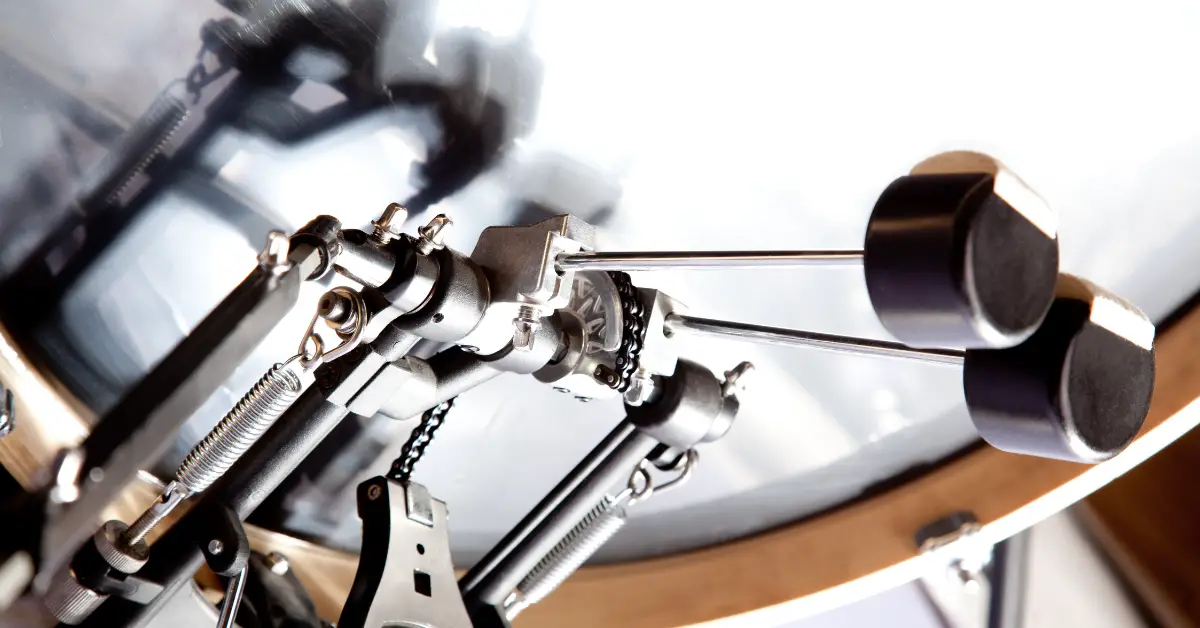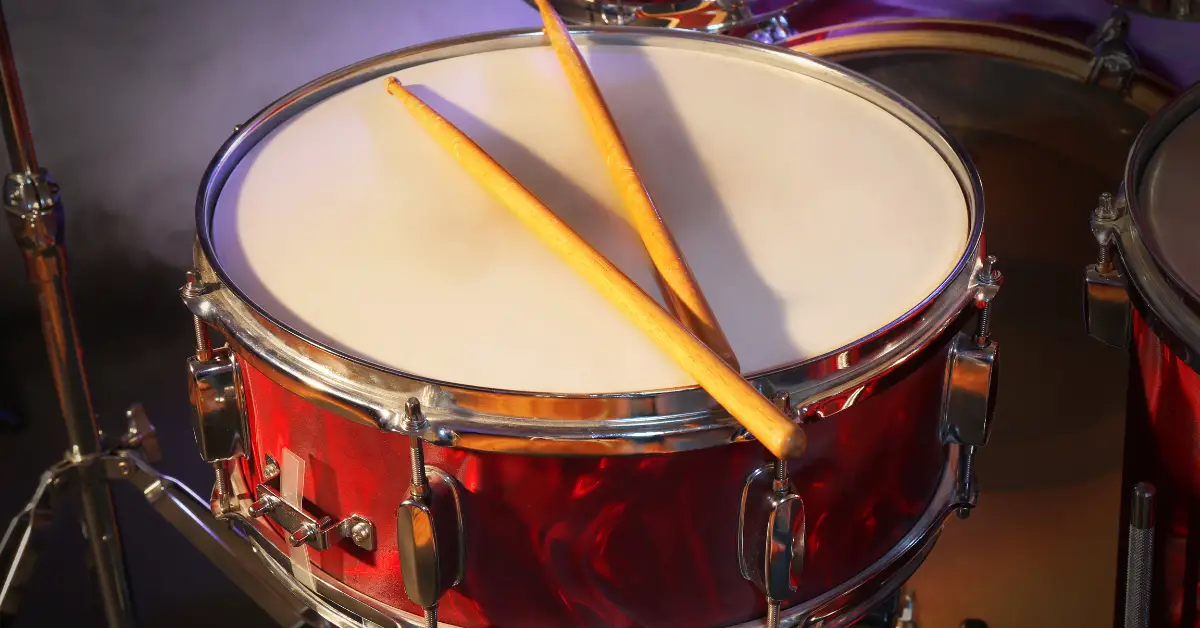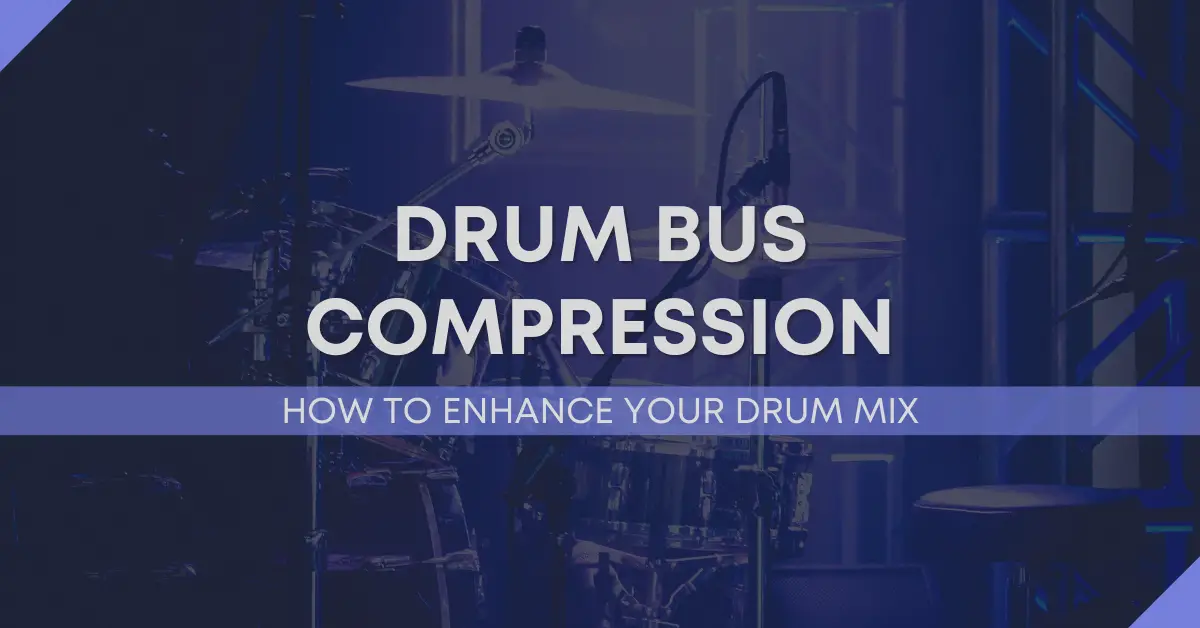Your kick pedal forms a crucial link between you and your kit—it takes the beat from your feet and broadcasts it straight to your audience. Whether you play math rock, metal, prog rock, or fusion, a double kick pedal allows you to play speedy, low-end pulses, adding extra thunder to your performance. Choosing the right pedal is important, since it impacts and improves the way you play and your confidence behind the kit.



